The BulbSniff Collective and various artists
Extant
Albany, California, 94706, United States
begun 1963
About the Artist/Site
Jutting out into the San Francisco Bay from the town of Albany is a slim manmade peninsula of land that leads to a circular, 31-acre former landfill known as the “Bulb." Named because of its unusual shape, which from an aerial view resembles a hanging bulb or fruit with a stem, over the course of several decades the area became a refuge for many homeless campers as well as a makeshift sculpture park and outdoor installation space. Isolated by the nature of its peculiar geographical position, and populated by the strange, subtle grotesqueries and enchanted charm of its found-object sculptures, the Bulb stands apart.
The Bulb slowly came into being in 1963 when the shallow wetlands in the area were designated as a landfill by the City of Albany. In the beginning, the landfill collected refuse in the form of household waste, but later the site was used for such demolition debris as concrete, rebar, rubble, asphalt, and other heavy building components. As the base of the landfill reached its capacity, the trash and debris extended farther out into the bay until the landfill was closed in 1984 at the behest of Bay Area environmentalists. By the time of its closing the mass of waste from the base to the Bulb formed a mile-long stretch totaling about 60 acres, with a depth averaging 40 feet. Once abandoned by the City, the elements filled in what man had started, and soon the heap of garbage developed its own ecosystem of palm and eucalyptus trees, blackberry bushes, and various shrubs, with many birds nesting in the surrounding mudflats. The site was originally planned to be incorporated into the Eastshore State Park that runs along the shore from Oakland to Richmond, but the Regional Water Quality Control Board claimed there were problems with seepage from the buried landfill refuse, so the park's development was put on hold.
Osha Neumann, an attorney working with the homeless community, was guided to the Bulb by one of his clients who formerly lived on the streets before finding a home at the site. Soon after discovering the Bulb, Neumann started collaborating with a group of artists calling themselves Sniff. Scott Hewitt, Scott Meadows, Bruce Rayburn, and David Ryan made up the Sniff collective, a group that began decorating the concrete blocks that line the periphery of the peninsula in a style reminiscent of cave paintings. Neumann has contributed many paintings over the years with Sniff, and has also peopled the Bulb with large-scale sculptural giants pieced together with materials plucked from the driftwood and debris that form the body of the Bulb. Neumann spent years on the Bulb with his son-in-law Jason De Antonis, working with materials ranging from Styrofoam to scrap metal and other serendipitous finds. Driftwood titans and scrap metal giants fight imaginary warriors on a dragon of cobbled car parts, meditate in the grass, and hang out on a park bench like old friends. Perhaps most evocative of the sculptural giants is the Water Lady, a worn and weathered female figure standing proudly at the entrance to the makeshift promenade who welcomes visitors like a vagabond's statue of liberty. Neumann calls the site a "beautiful place, a haven for troubled souls," and has since become an advocate for the Bulb's continuing right to exist.
Another prominent Bulb site is Mad Mark's Castle. Built by "Mad" Mark, an alleged paranoid schizophrenic, the building is a tiny two-story edifice made out of repurposed concrete, with old shopping carts used as reinforcement beams. The structure was built in the shape of a heart and includes a spiral staircase, gothic windows, and parapets on the roof. Mad Mark would continually change and update the wall's exteriors, but since his departure, the building has become a canvas to a revolving cast of graffiti artists who frequently paint at the Bulb.
In addition to serving as a showplace for art, the Bulb also has a public speaking and performance space in the form of the amphitheater rendered from recycled materials. Other features include a lending library and an unofficial historical society created by longtime resident Jimbow the Hobow. The rest of the landscape is populated by the shanty village of tents and temporary shelters that make up the homes of the Bulb's residents.
Throughout the Bulb's history many attempts have been made to sanitize the region. One notable eviction took place in 1999; this spurred the documentary Bum's Paradise, a film that chronicled the lives of the Bulb's many characters, their community, their art, and their run-ins with the law. At the time of this writing (November 2013), the residents of the Bulb are being evicted from the property by the City of Albany. With little support from the City in the way of transitional housing or social services, the Bulb has been one of the few places in Albany where homeless residents could find shelter beyond the streets. The City plans to give the homeless campers temporary shelter for six months, but there are no arrangements for their relocation after that time. The land will be transferred to the East Bay Regional Park District, with plans to finally incorporate the area into the Eastshore State Park proposed three decades ago.
It remains to be seen what will happen next. Whatever the plans for the development of the site—whether it be a cleaner park space for joggers and dog-walkers, or a commercially viable waterfront property—what may be lost forever is the emotional power of the Bulb, a site that showcases the best aspects of humans and nature, working in tandem to create something beautiful from society's wreckage.
~Irene Rible
Contributors
Map & Site Information
Albany, California, 94706
us
Latitude/Longitude: 37.8883952 / -122.2965778
Nearby Environments


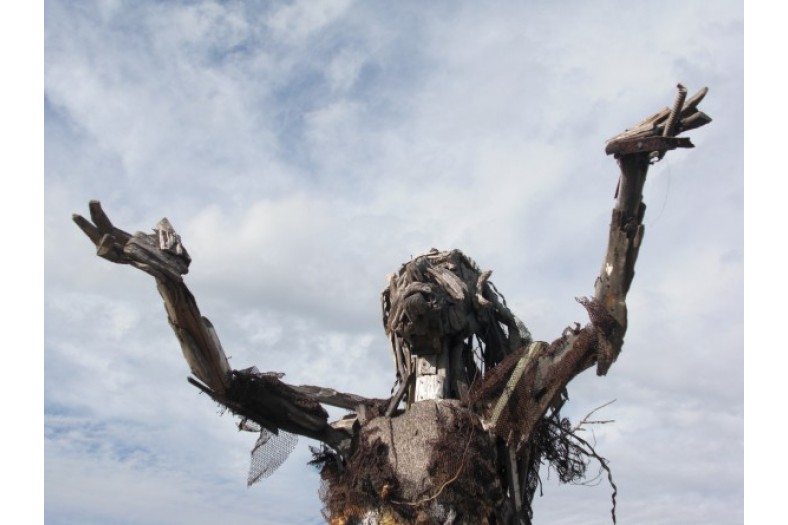
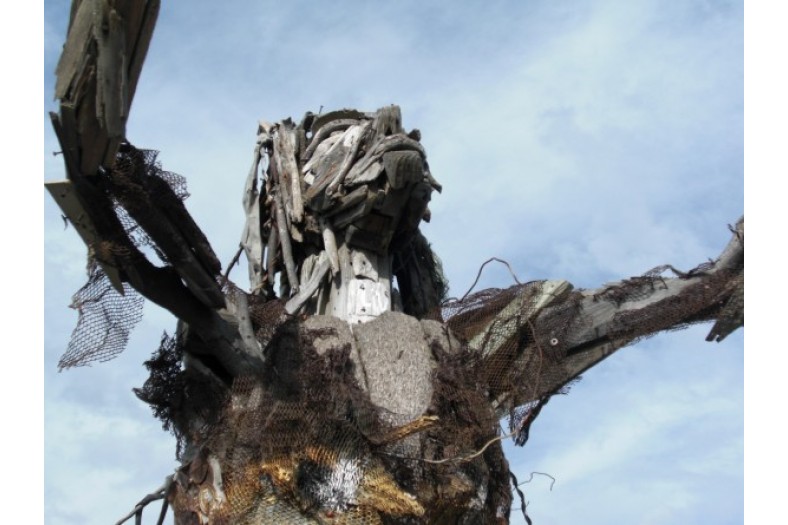
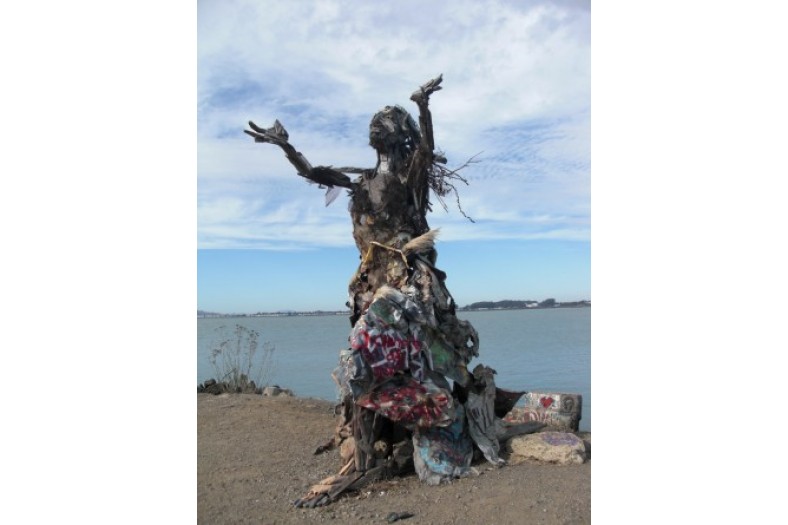
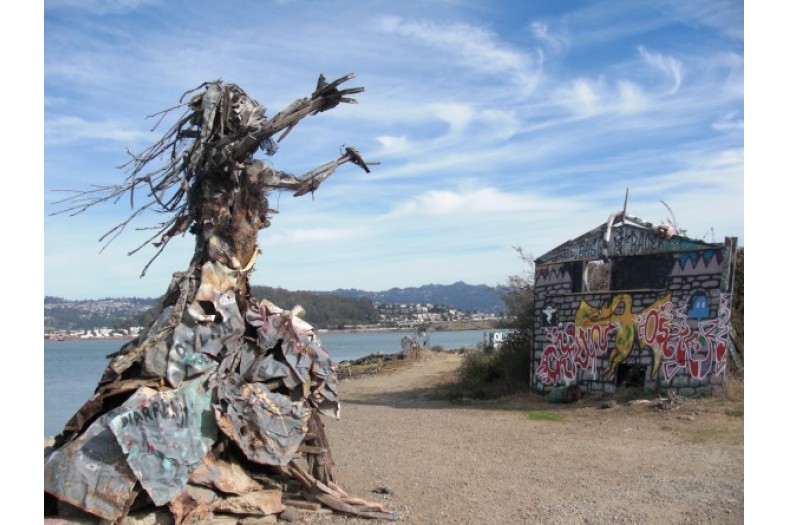
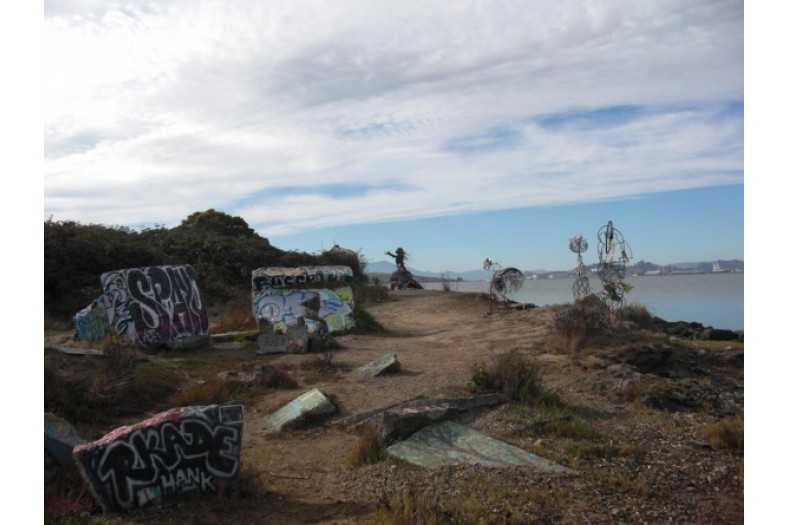
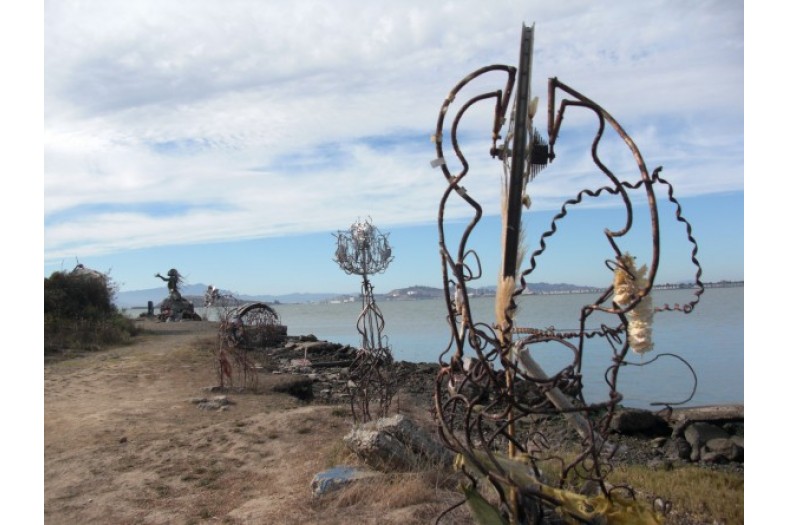
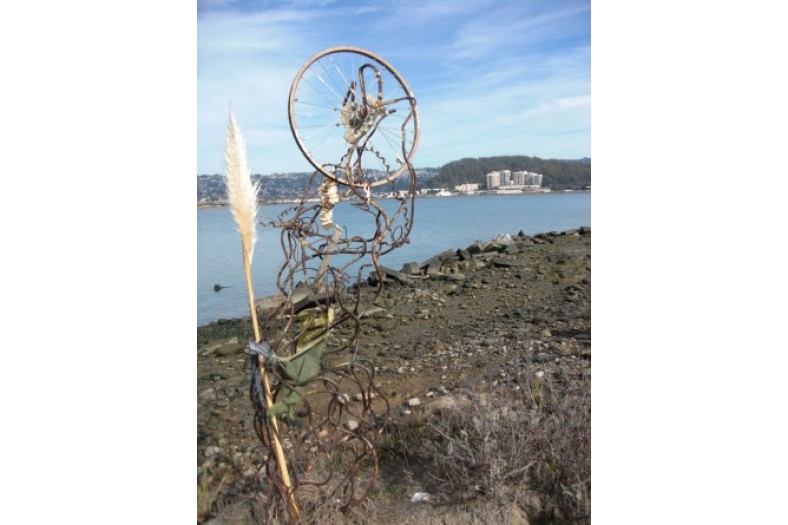
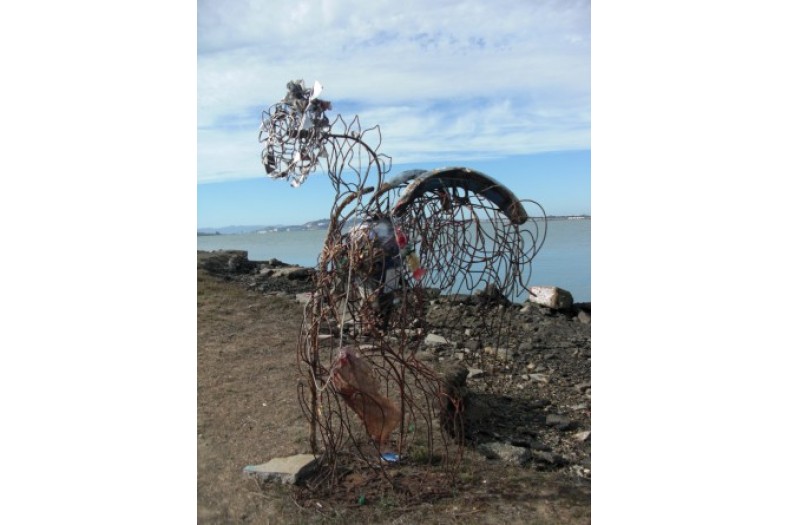
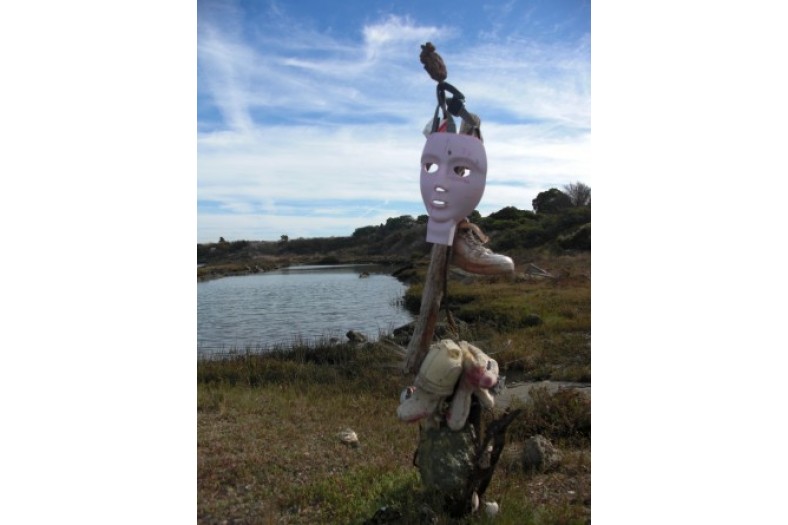
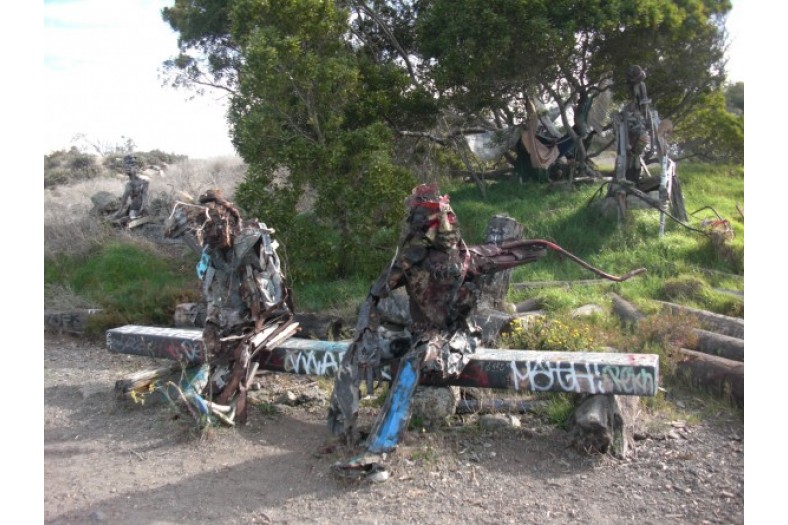
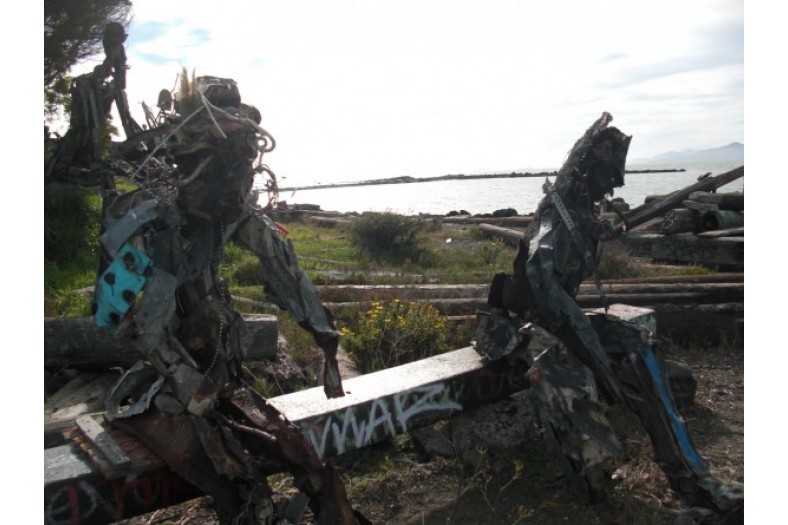
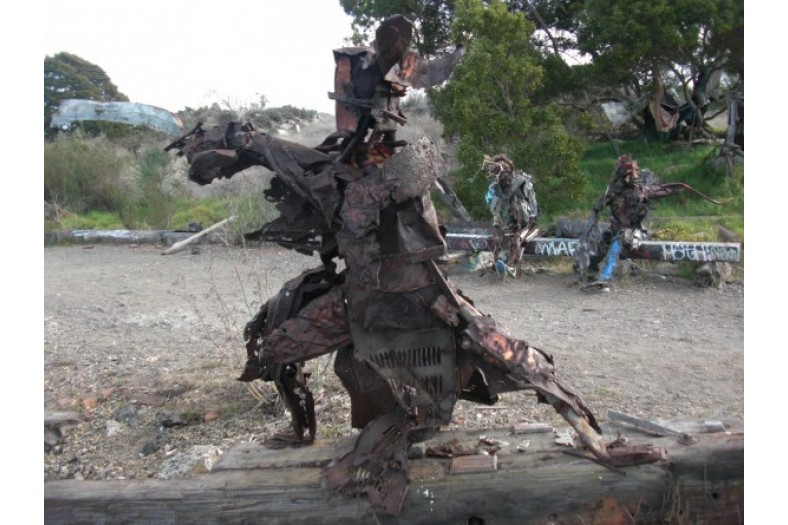
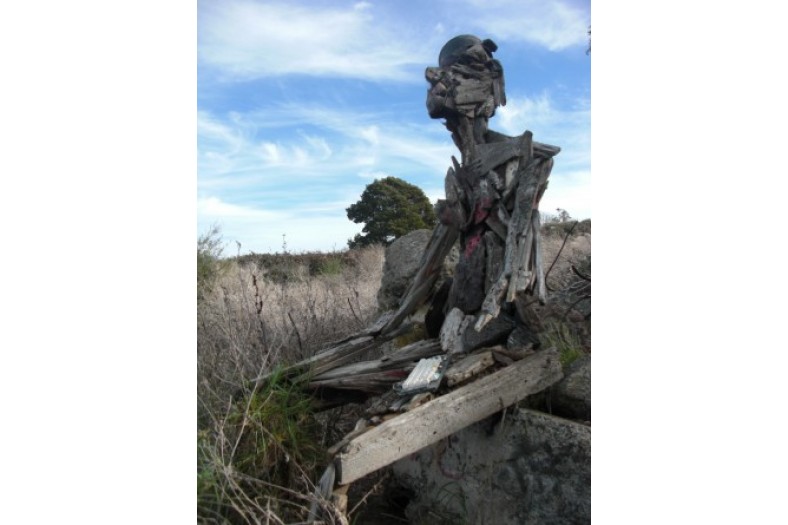
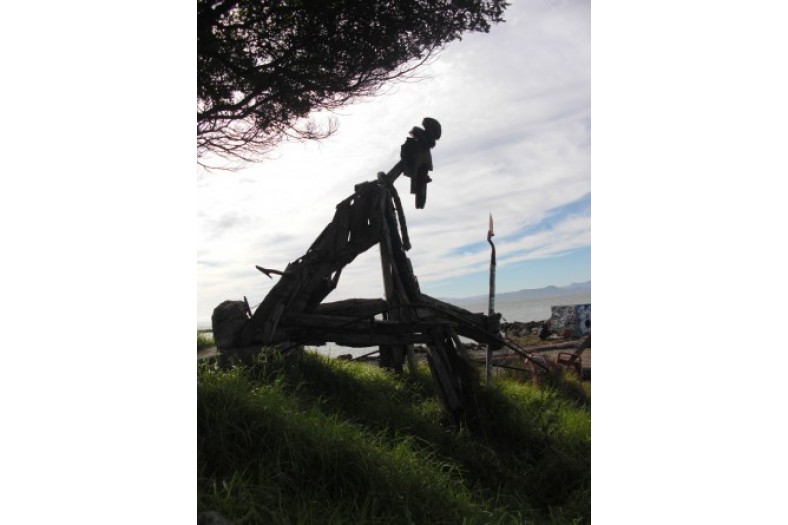

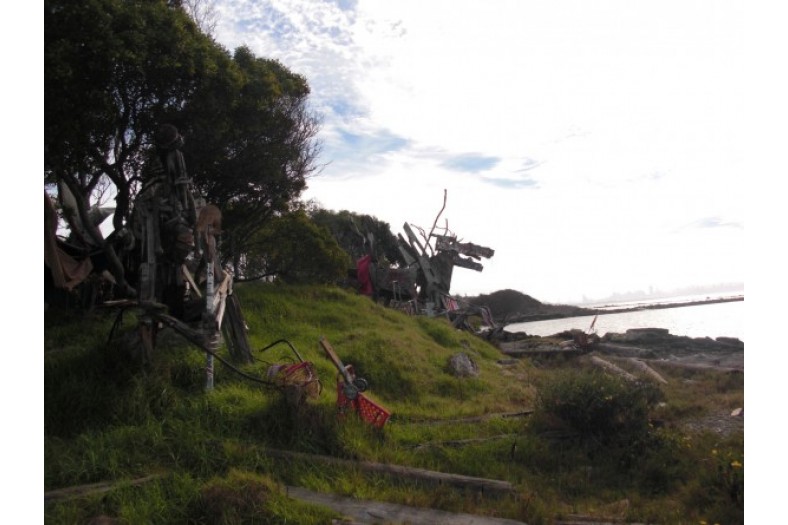
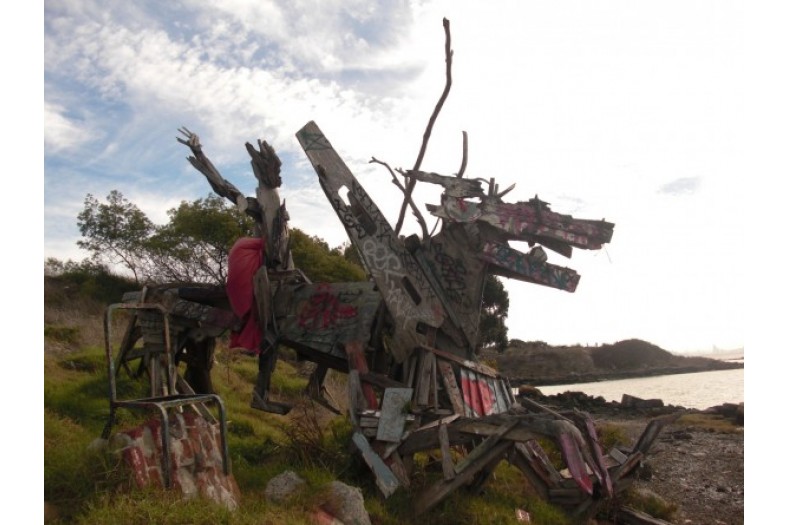
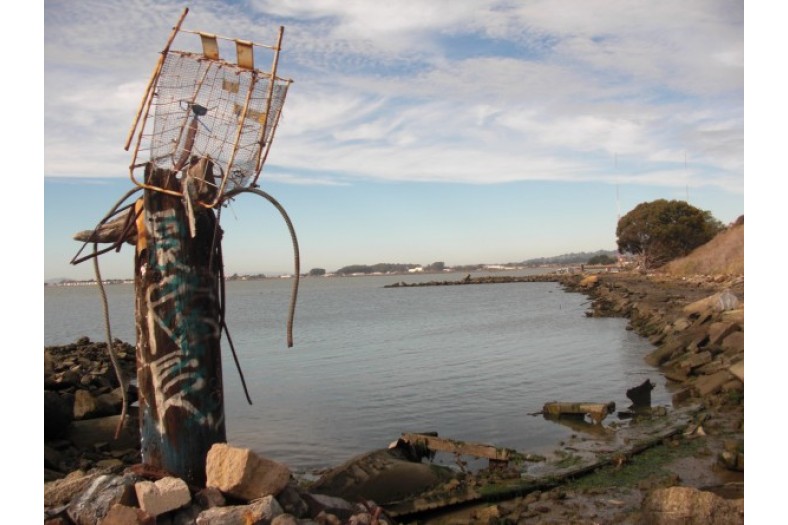
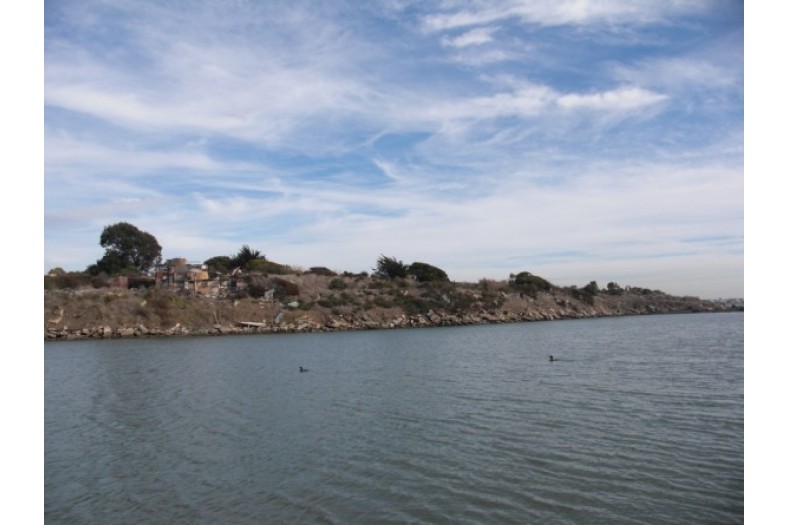
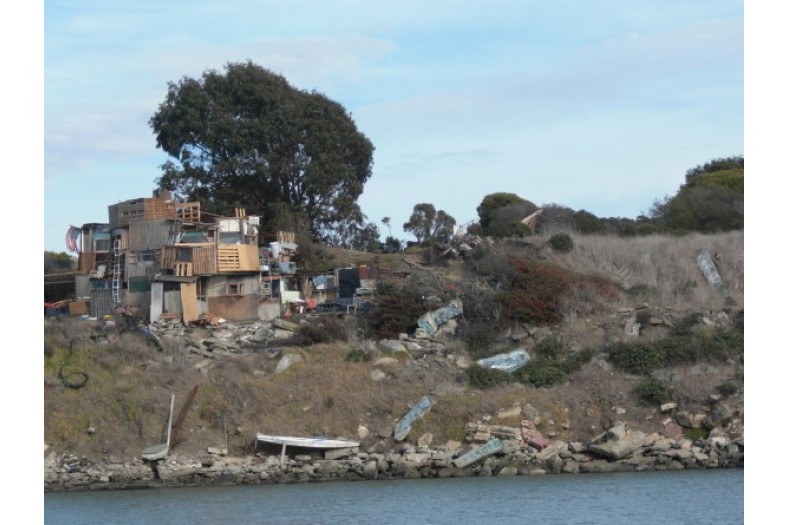
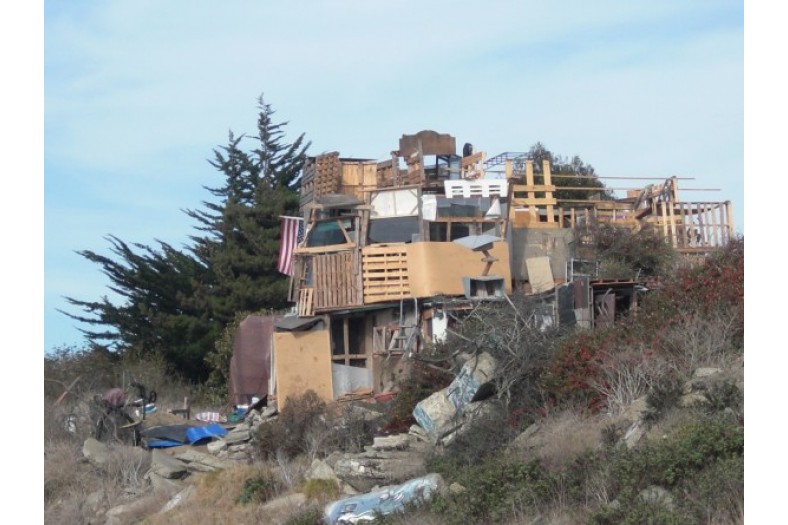
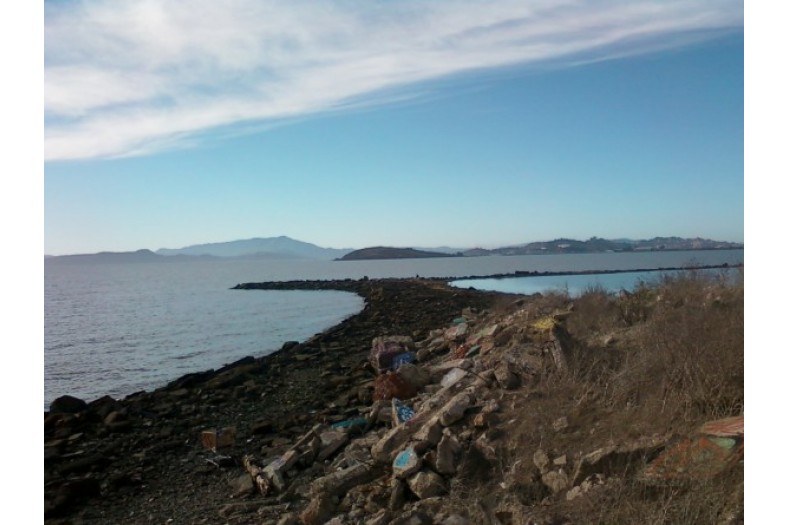
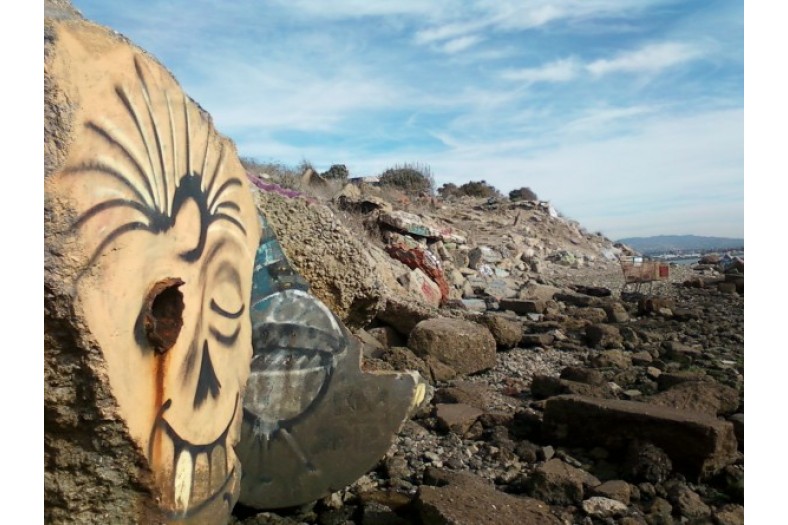
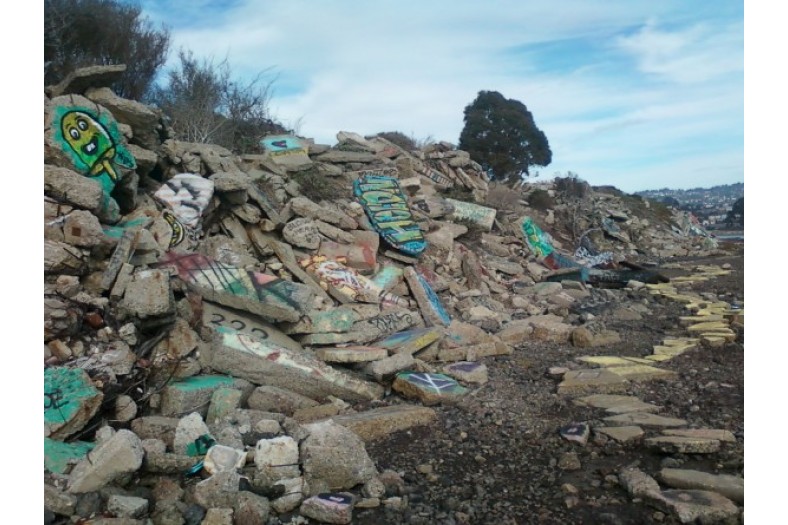
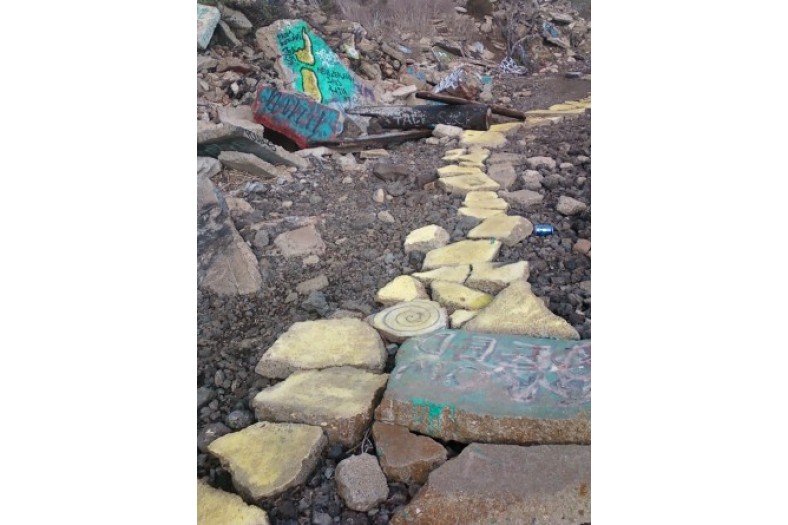
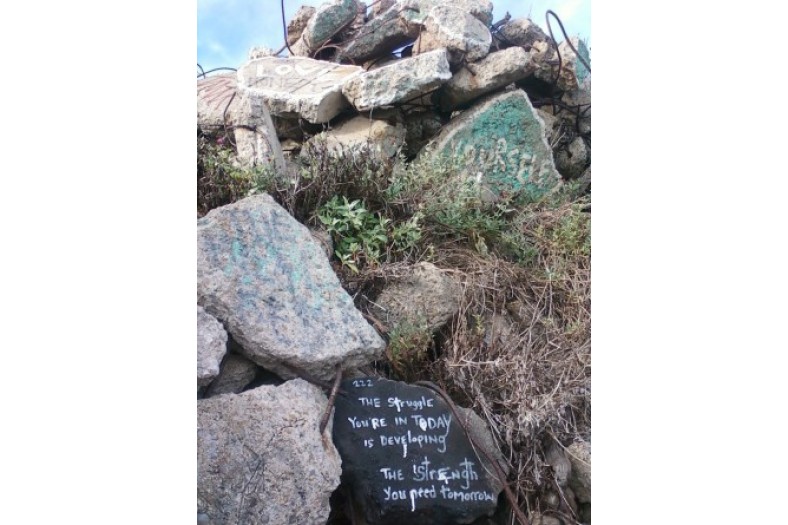
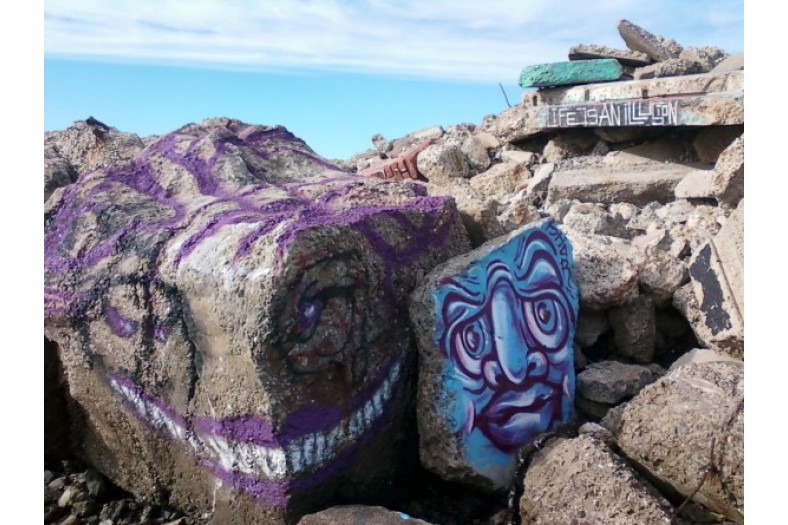
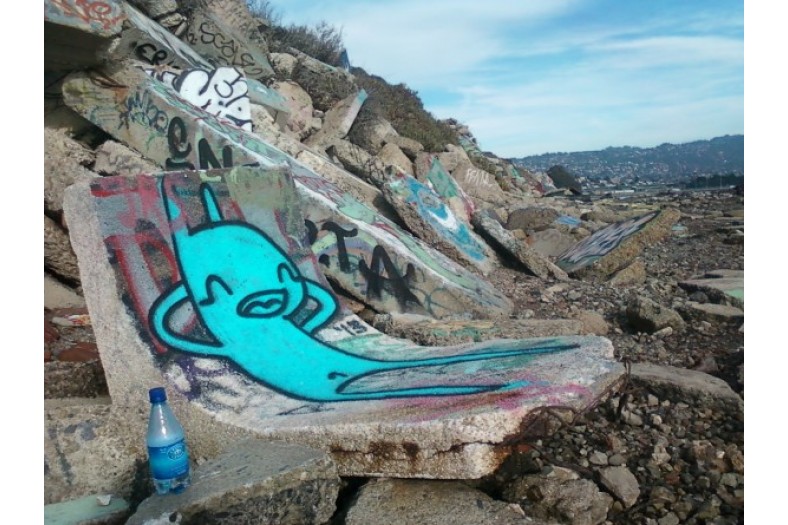
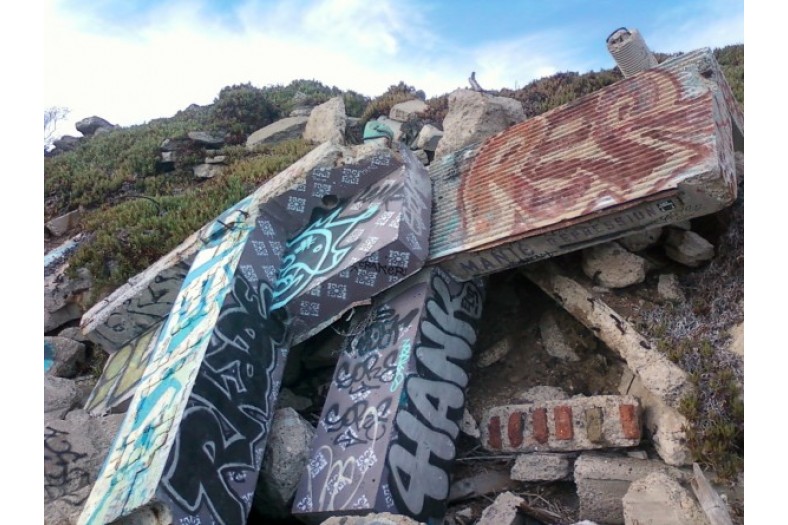
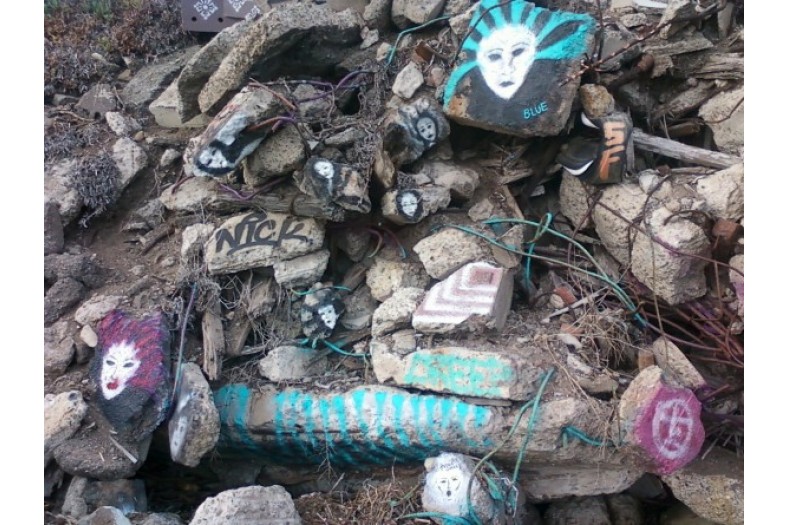
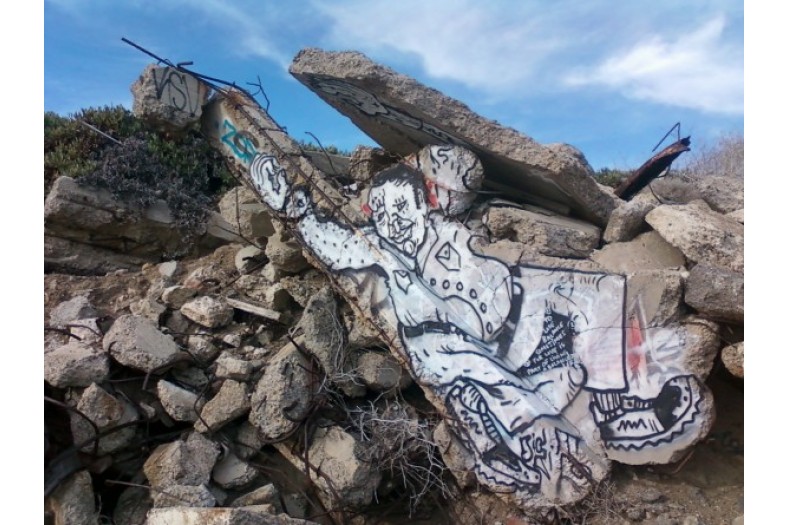
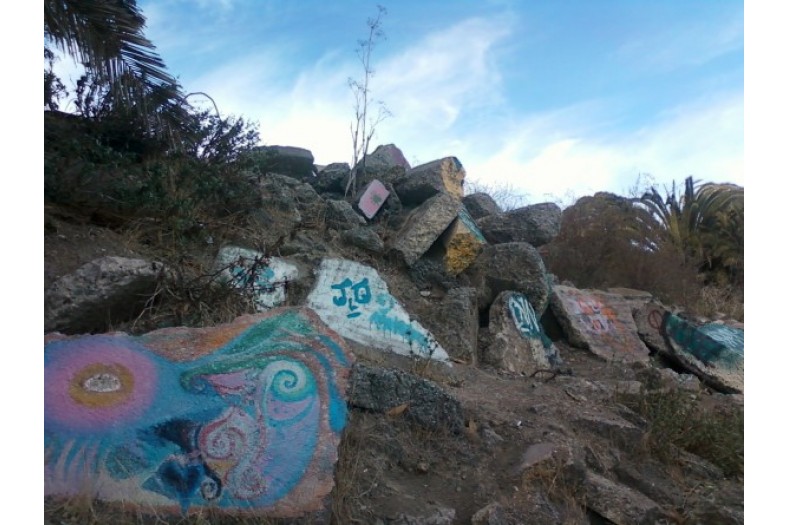
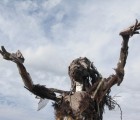
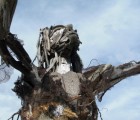
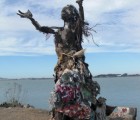
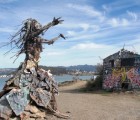
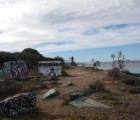
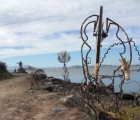
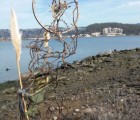
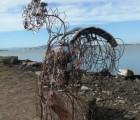
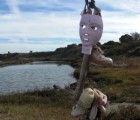
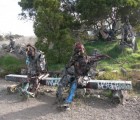
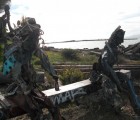
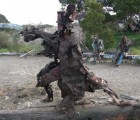
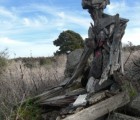
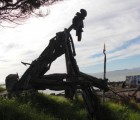
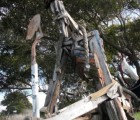
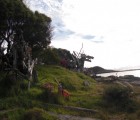
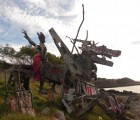
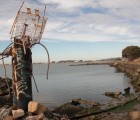

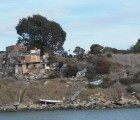
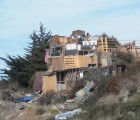
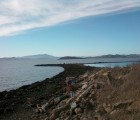
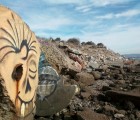
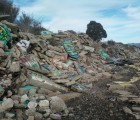
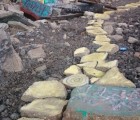
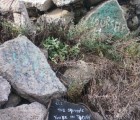
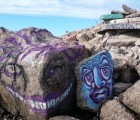
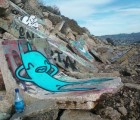
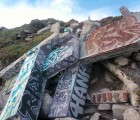
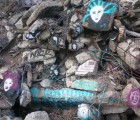
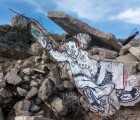
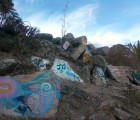
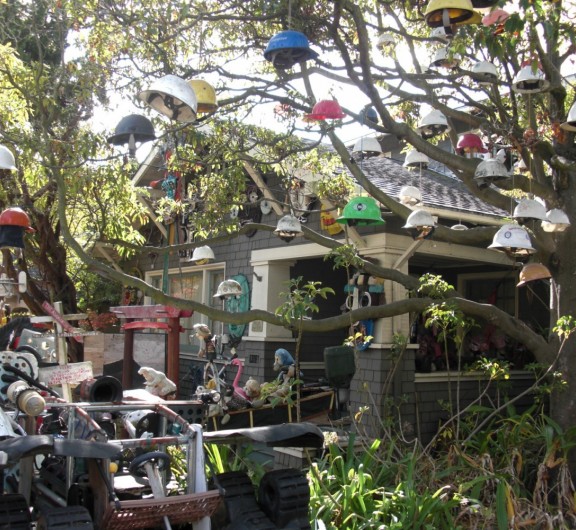
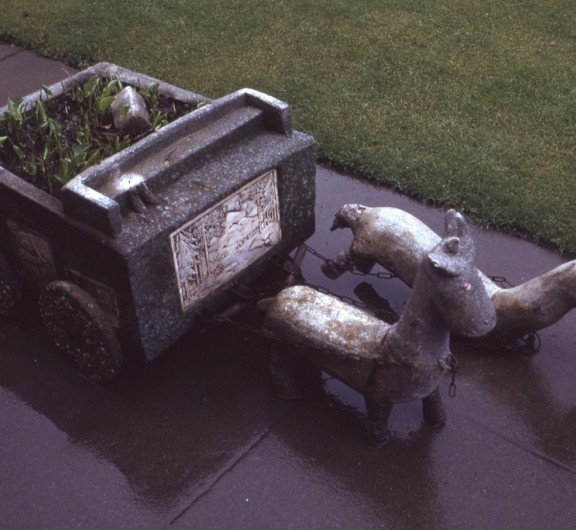

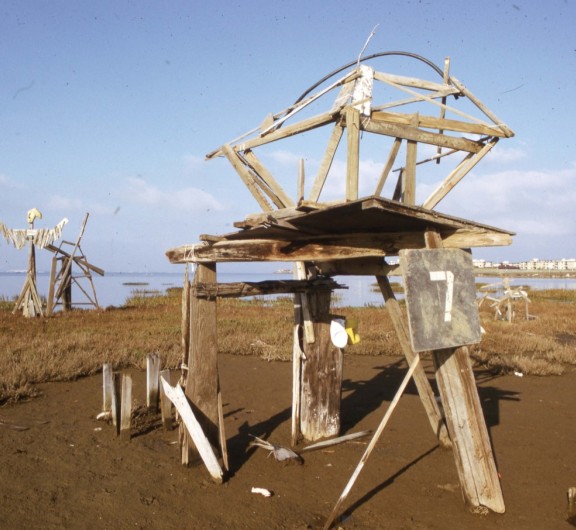

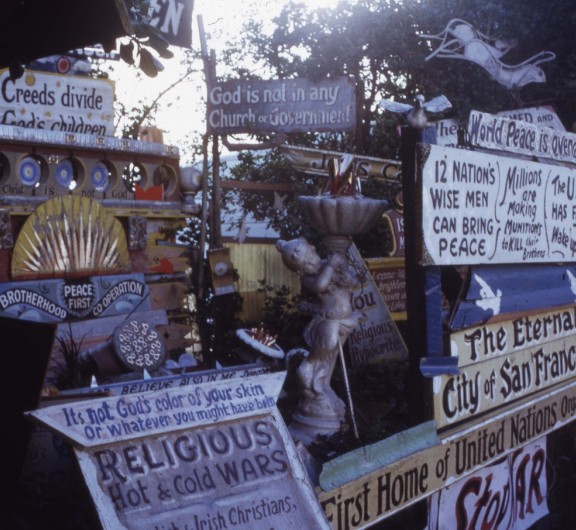

Post your comment
Comments
No one has commented on this page yet.